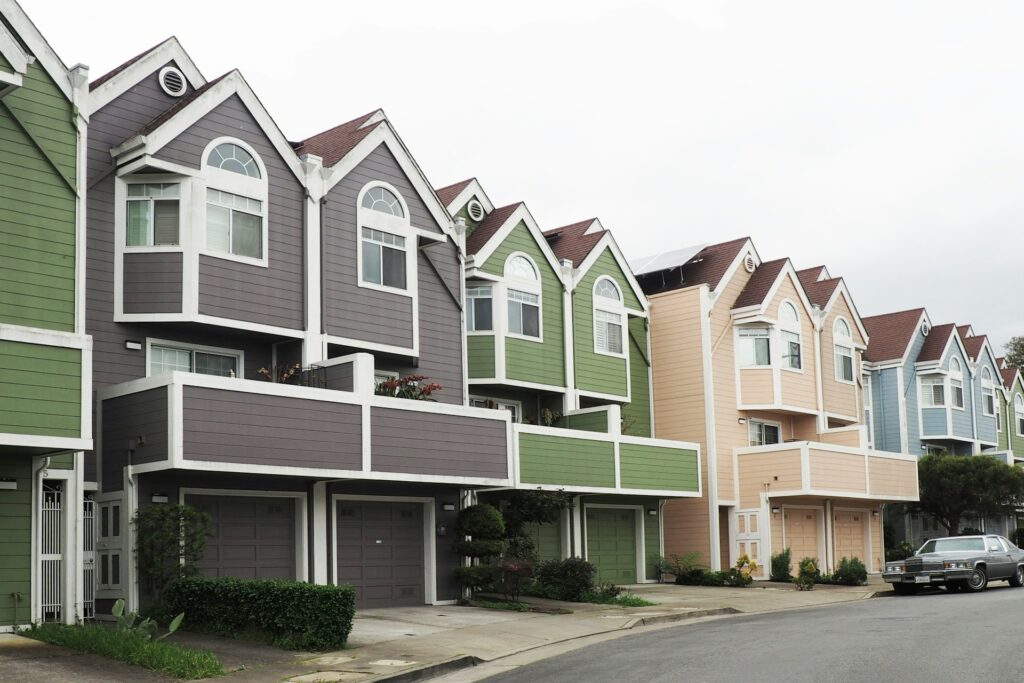Inclusionary Zoning and Housing Market Outcomes
As regions across the United States experience high and rising house prices, inclusionary zoning has become more popular as a tool to increase the availability of affordable housing for households making less than their region’s median income.
It requires private developers to subsidize below-market-rate units, however, it may act as a tax on housing, leading to reduced supply and higher prices than cities would experience without the policy.
Few empirical studies have attempted to measure how inclusionary zoning affects housing supply and prices.

In this article, the author uses a new dataset on inclusionary zoning in the Baltimore Washington region to estimate its effects on market-rate house prices and building permits in a difference-in-difference study.
The author finds some evidence that it increases market-rate house prices but none that it reduces new housing supply.
Additionally, the author finds that most optional programs that offer developers increased development rights if they choose to provide below-market-rate housing units have been unsuccessful in producing affordable units.
Alexandria and Falls Church, Virginia, are exceptions, where density bonuses are valuable, owing to traditional zoning restrictions on new housing construction.
Also read: White Paper: Inclusionary Zoning in Oregon

